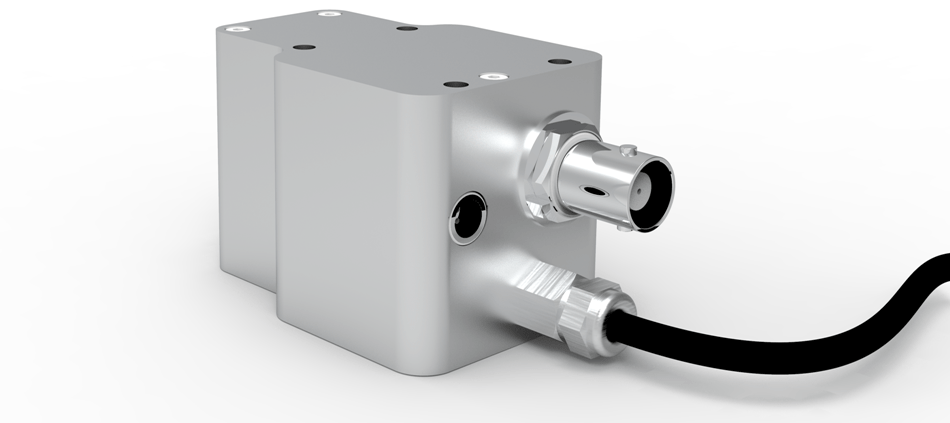High speed pulsed laser diodes and LEDs can emit pulses of a few nanoseconds in pulse width with very high peak power.
 ISD-1.6-SP
ISD-1.6-SP
To measure the temporally resolved pulse shape fast detectors are required but bare photodiodes typically used have measurement limitations.
Typically the small-area photodiodes with diameters even less than 1 mm are used in this application. But there are several possible error sources to their use due to active area, positioning and calibration.
Gigahertz-Optik has developed a unique solution to overcome these issues using a micro-sphere with dual photodiodes attached.
The ISD-1.6-SP-Vxx features a 16 mm diameter integrating sphere for integration of laser modes and beam profile. Because of its very small diameter the temporal pulse deformations (pulse-stretching effect of integrating spheres) are small compared to those with larger diameters. As a result, pulses of a few nanoseconds pulse length are hardly deformed and can be measured in a time-resolved manner.
Two photodiodes (400-1100nm spectral range) are mounted to the sphere to form the complete compact integrating sphere detector assembly. The first photodiode has a short rise time so with a sufficiently fast oscilloscope* the relative time resolved pulse shape (pulse length, half-width, peak power up to 200W) is measured. The second photodiode measures the absolute pulse energy (in joules) of a single pulse or pulse train. The sphere itself, the photodiodes and the electrical circuit are housed in a CNC-machined aluminum housing.
The detector signal is processed using a P-9710 series optometer in pulse energy mode with pulse-stretching function. The absolute peak power can be calculated from the pulse energy and the relative pulse shape. Thus the short duration light signal can be completely characterized.
Note that the P-2000 2-channel and P-9801 8-channel optometers can also be used with the detector.
Version ISD-1.6-SP includes a 5mm aperture and model ISD-1.6-SP-V01 a 7 mm diameter measurement aperture for eye safety assessment is optionally available.
The detector is calibrated in continuous signal mode (non-pulsed) for NMI traceable measurements in Gigahertz-Optik's calibration laboratory that is accredited by DAkkS (D-K-15047-01-00) for spectral responsivity and spectral irradiance calibrations according to ISO/IEC 17025.
The CP-VCC-45-V01 Power Supply for biasing the pulse shape diode is available on option.
* Oscilloscope not supplied
Source: https://light-measurement.com/